The Limits of Art: Marina Abramović’s Provocative Journey into Human Endurance
Renowned Serbian-born artist Marina Abramović has spent decades pushing the boundaries of human endurance and artistic expression, often to the edge of physical and psychological limits. Her career is a testament to the transformative power of art, not just as a medium for creative expression but as a conduit for exploring the deepest recesses of human emotions and behavior. Known for her extreme performance art, Abramović has a unique ability to provoke strong reactions from her audience, evoking a range of emotions from awe to discomfort. Her performances frequently challenge viewers to confront their own humanity, raising profound questions about the nature of art, personal sacrifice, and the darker aspects of human behavior. One of the most striking examples of her work is the performance titled Rhythm 0, which took place in 1974 and serves as a stark reflection on the themes of control, vulnerability, and mortality.
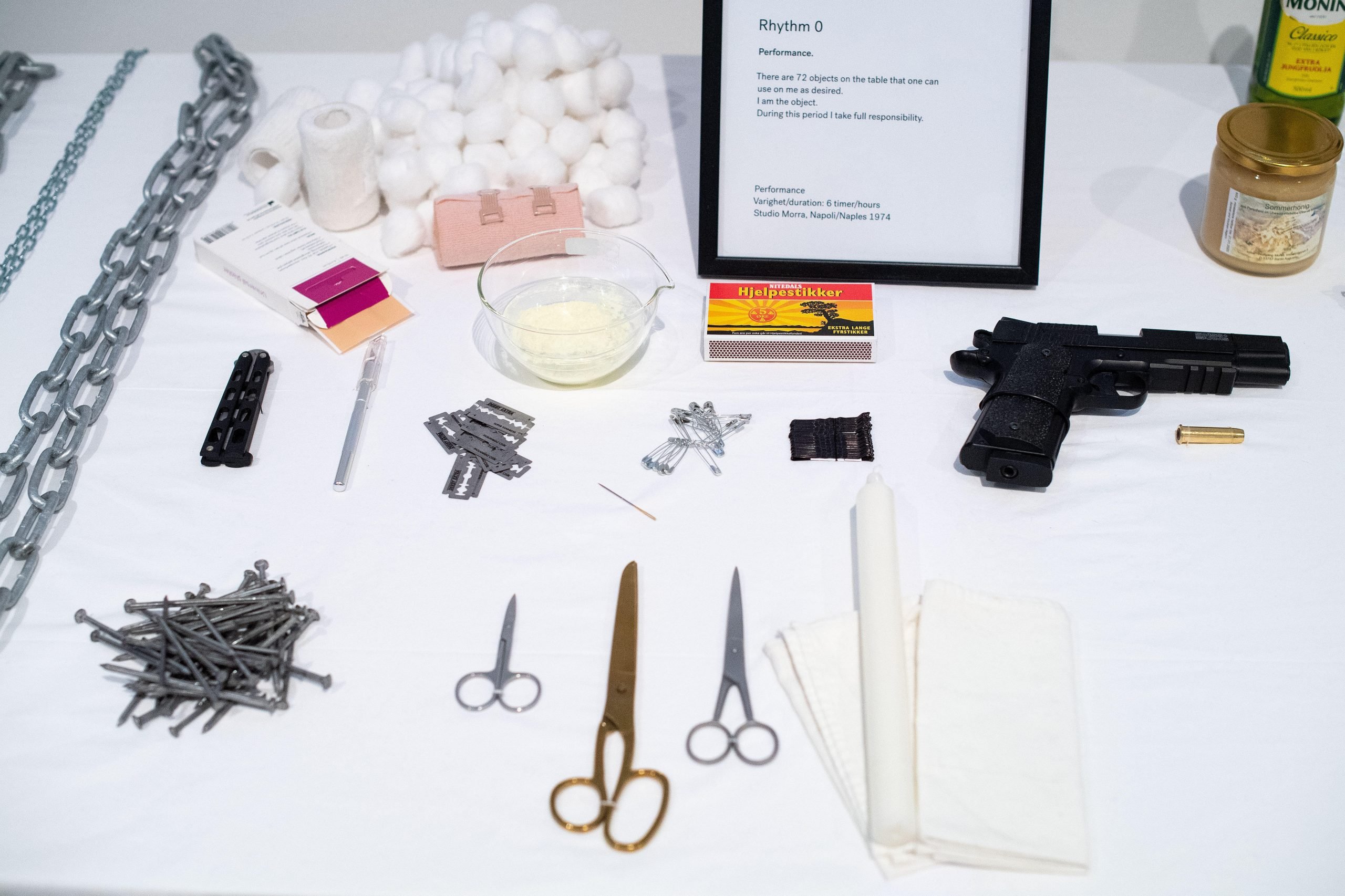
Exploring the Depths of Vulnerability
In Rhythm 0, Abramović invited the audience to engage with her in a way that was both intimate and deeply unsettling. She stood passively in an art gallery next to a table laden with 72 objects—some innocuous like feathers and roses, while others were distinctly menacing, including scissors, a scalpel, and even a loaded gun. The premise was simple yet chilling: spectators could use any item on her as they wished, while she offered no resistance and remained completely still. This invitation to participate in her pain and pleasure encapsulated a daring exploration of the human psyche. Abramović’s profound willingness to become a vessel for the audience’s desires and impulses reflected her desire to strip away the norms of societal interaction, presenting a raw, unfiltered glimpse into the human condition.
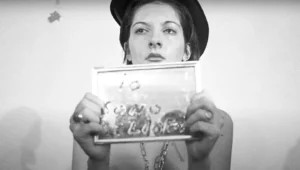
The Shift from Hesitation to Brutality
Initially, the audience was tentative, approaching her with caution. Many engaged with her gently, offering flowers or softly touching her. This early engagement suggested an inherent respect for her vulnerability, but as the hours passed, a palpable shift occurred. The anonymity granted by the performance seemed to unleash darker instincts within the crowd. Spectators began to act out more violently—cutting her skin with sharp objects, tearing at her clothes, and even holding the gun to her head. This shocking transformation highlighted a sobering truth: given the chance to act without consequence, societal norms often dissolve, revealing the potential for cruelty that lurks within. What began as a simple exploration of artistic boundaries morphed into a visceral commentary on human depravity, leaving an indelible mark on both Abramović and her audience.
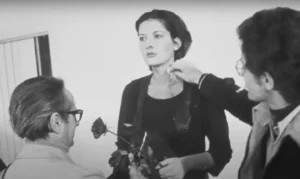
Confronting the Darkness Within
Abramović herself reflected on the performance, noting the physical scars she bore as a reminder of the ordeal. “The public can kill you. This is what I wanted to see,” she remarked, emphasizing the raw power dynamics at play. Rhythm 0 became not just a performance but a grim study of human psychology, illustrating how quickly the line between observer and participant can blur. By the end of the six-hour experience, Abramović stood bloodied and emotionally drained, transforming from a passive object into a living, breathing person, prompting the audience to face the chilling reality of their actions. The performance forced attendees to consider their own limits of empathy and morality, as it laid bare the darker impulses that often go unacknowledged in everyday life, raising critical questions about responsibility and complicity.
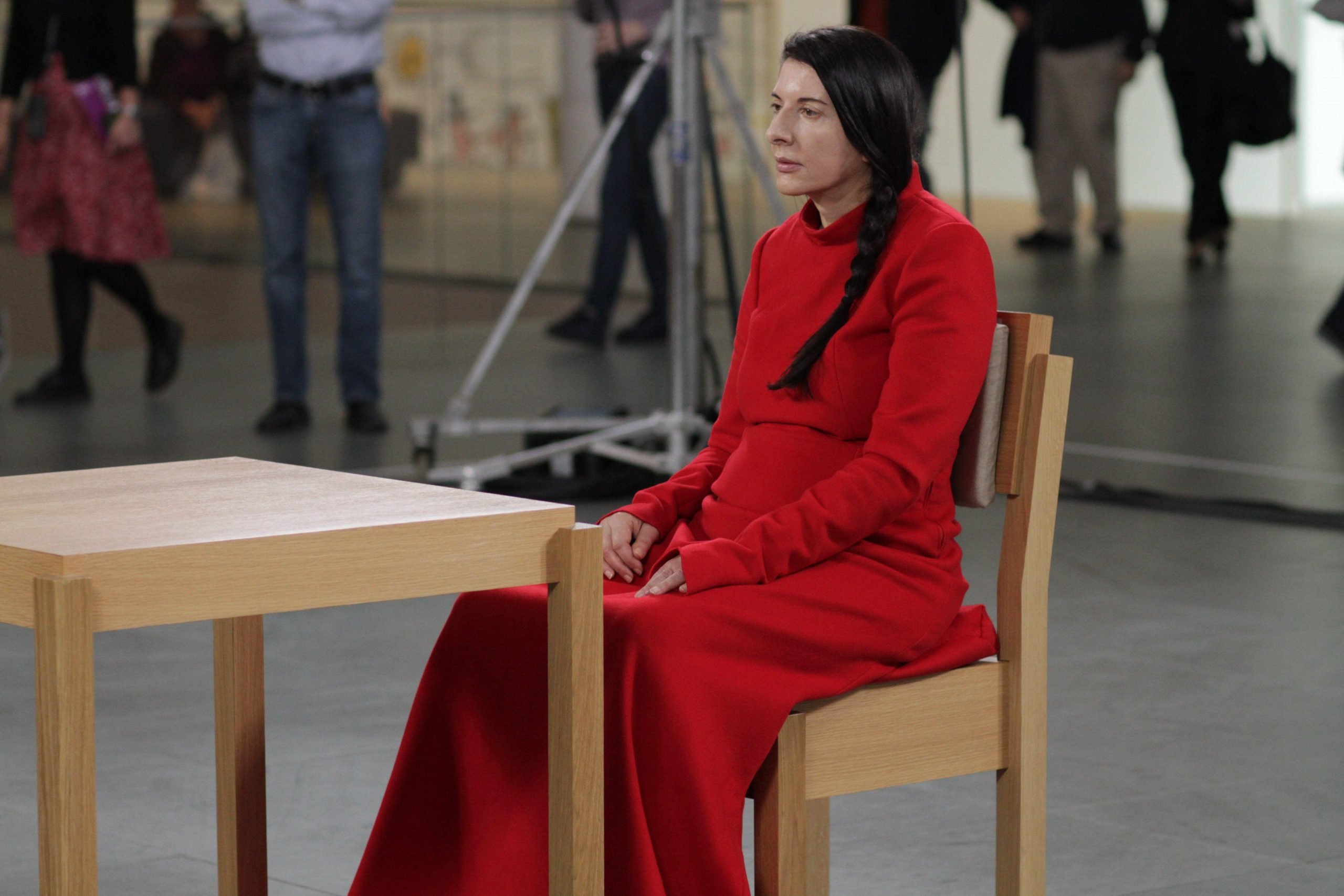
Connecting Through Silence: A Contrast in Performance Art
This extreme vulnerability is a hallmark of Abramović’s artistic ethos, as evidenced in her later work, The Artist Is Present, performed at the Museum of Modern Art (MoMA) in New York in 2010. Unlike the chaotic brutality of Rhythm 0, this performance invited viewers to engage in a silent exchange. For three months, she sat quietly across from participants, inviting them to connect with her through mere presence. The emotional resonance of this interaction contrasted sharply with her earlier work, highlighting the range of human connection that can emerge in a shared space of vulnerability. In a world often characterized by noise and distraction, the simplicity of silent communication offered a profound exploration of intimacy and the essence of human connection.
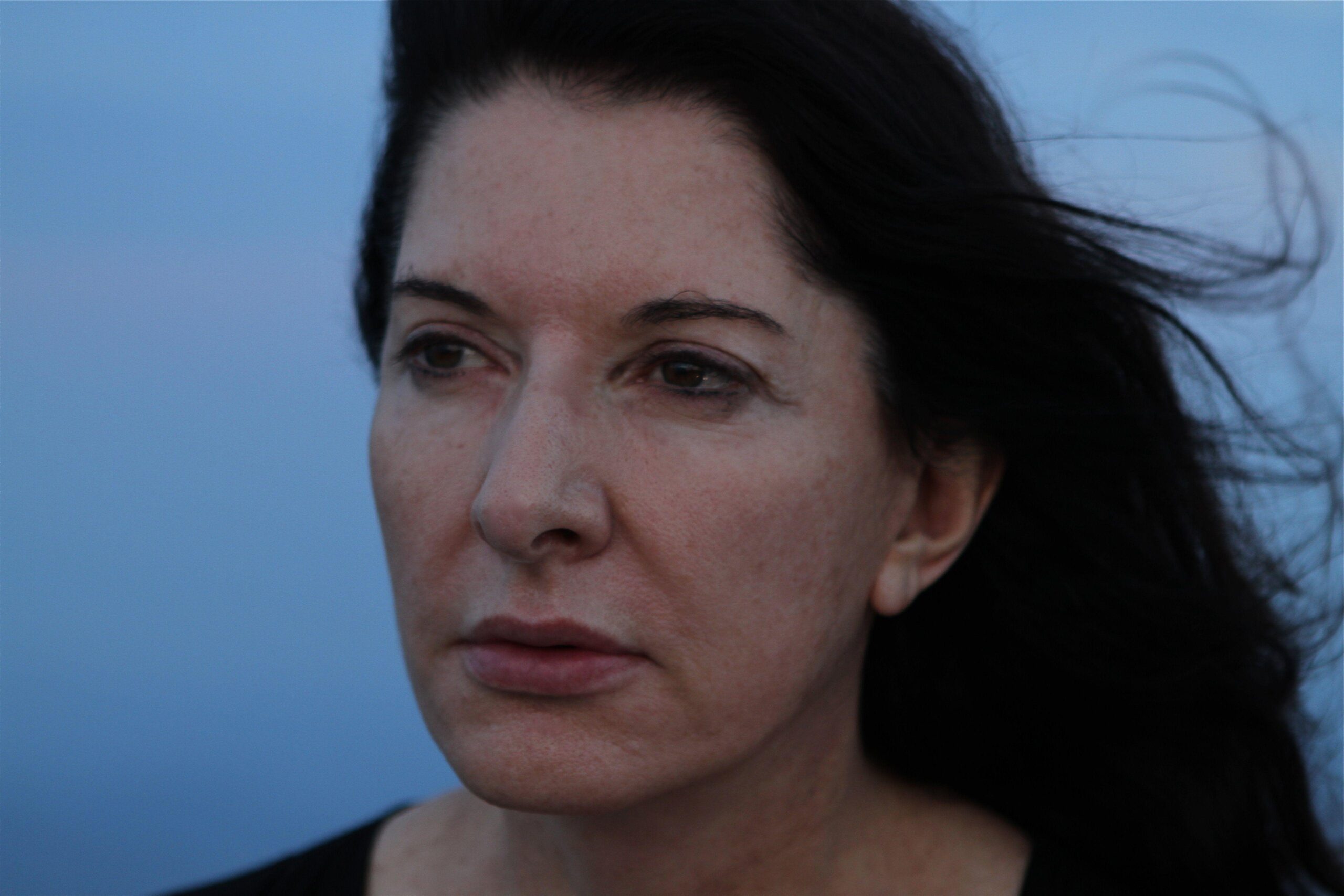
The Philosophy Behind the Art
Abramović’s artistic philosophy is rooted in her belief that the body serves as the primary medium through which performance art unfolds. She has often articulated her conviction that by confronting our deepest fears, we can evolve and become more enlightened individuals. “When you’re afraid of something, face it, go for it. You become a better human being,” she states, encapsulating the essence of her radical approach to art. The intense experience of Rhythm 0 tested not only her physical endurance but also revealed the capacity for empathy and cruelty that exists within each person when stripped of societal constraints. In doing so, she challenges the audience to reflect on their own limitations and the often-complex relationship between creator and observer, making her work a powerful catalyst for introspection.
Conclusion: A Legacy of Provocation and Reflection
Marina Abramović’s performances challenge audiences to confront uncomfortable truths about themselves and society at large. Through her work, she places a mirror up to humanity, compelling viewers to reflect on their emotions, reactions, and the ethical boundaries of art. The haunting legacy of Rhythm 0 and the contrasting serenity of The Artist Is Present serve as powerful reminders of the duality within us all—the capacity for both compassion and cruelty. As she continues to push the boundaries of performance art, Abramović’s influence remains profound, calling us to explore the depths of our own humanity. Her work transcends mere artistic expression; it becomes a profound inquiry into the moral fabric of society and the intricate psychodynamics of human interaction, leaving an indelible mark that sparks crucial conversations about our shared existence.





